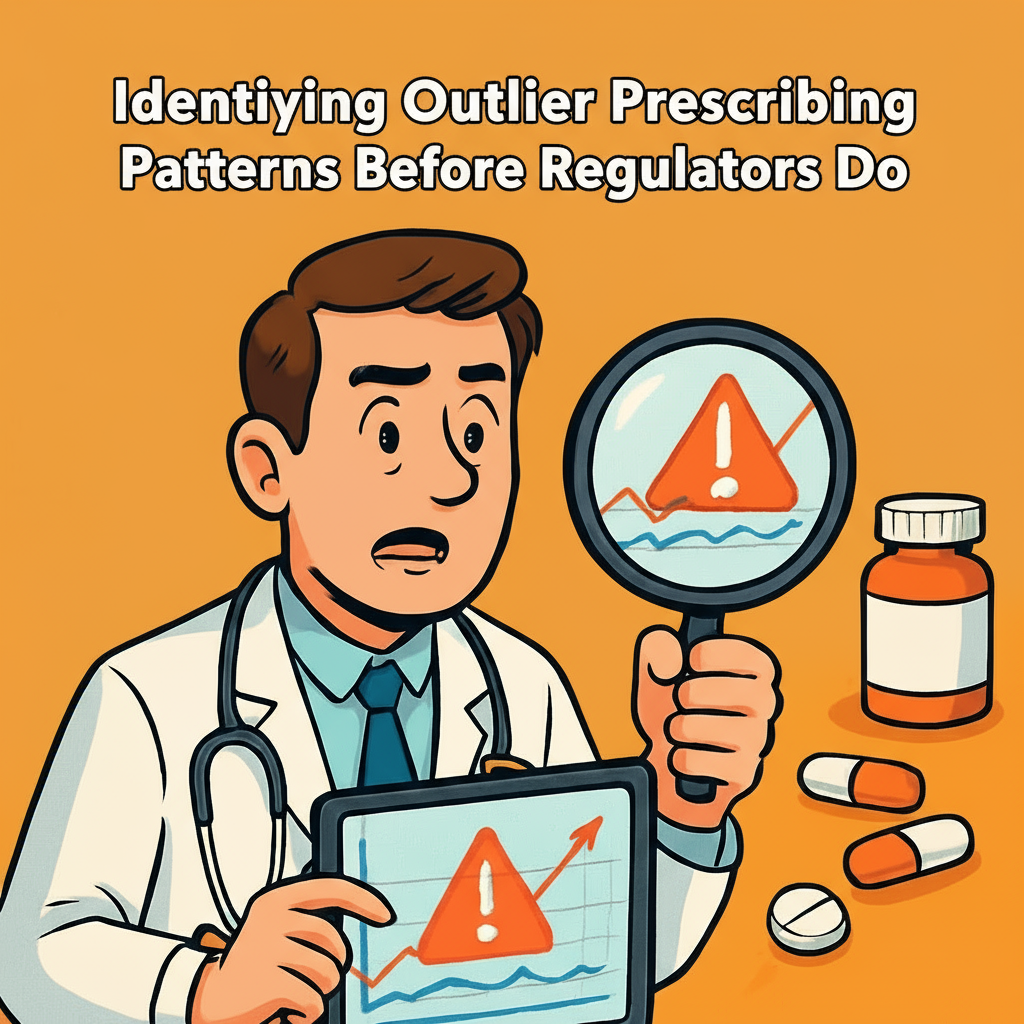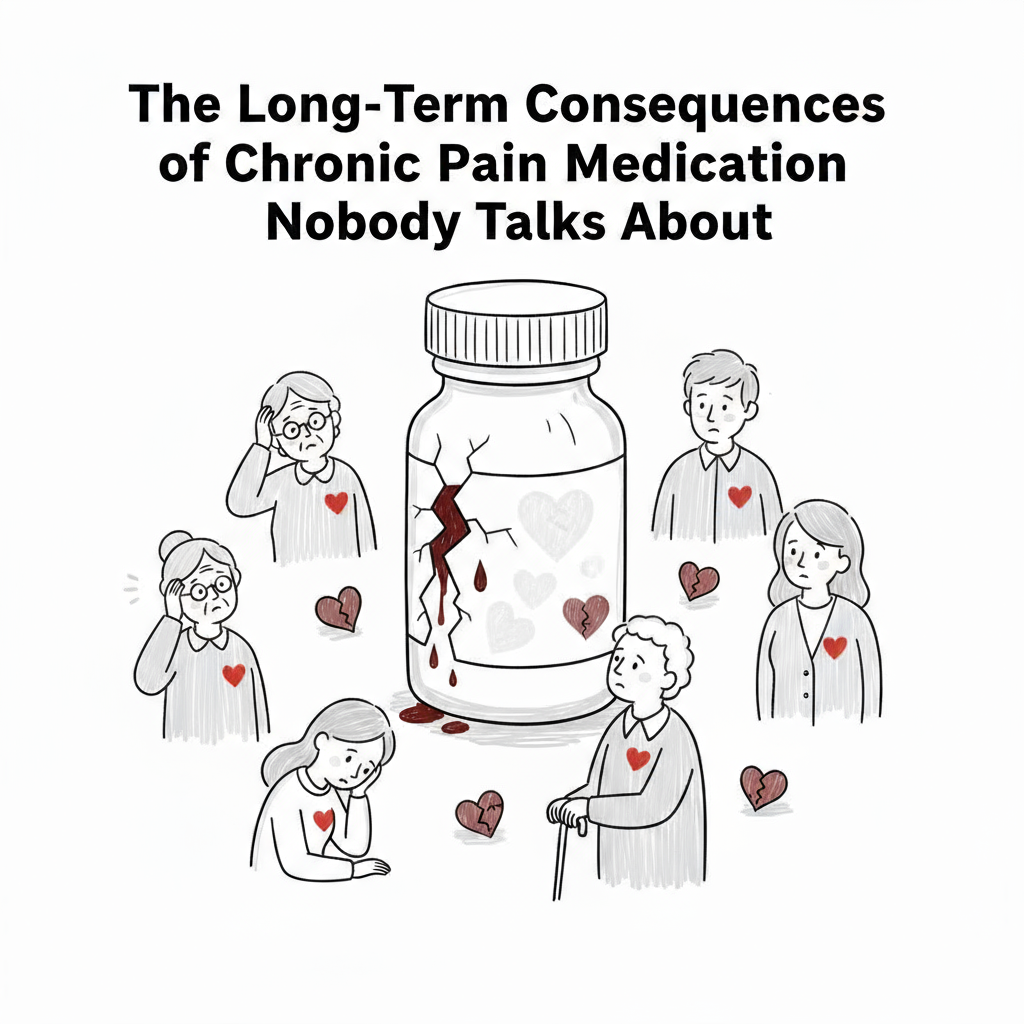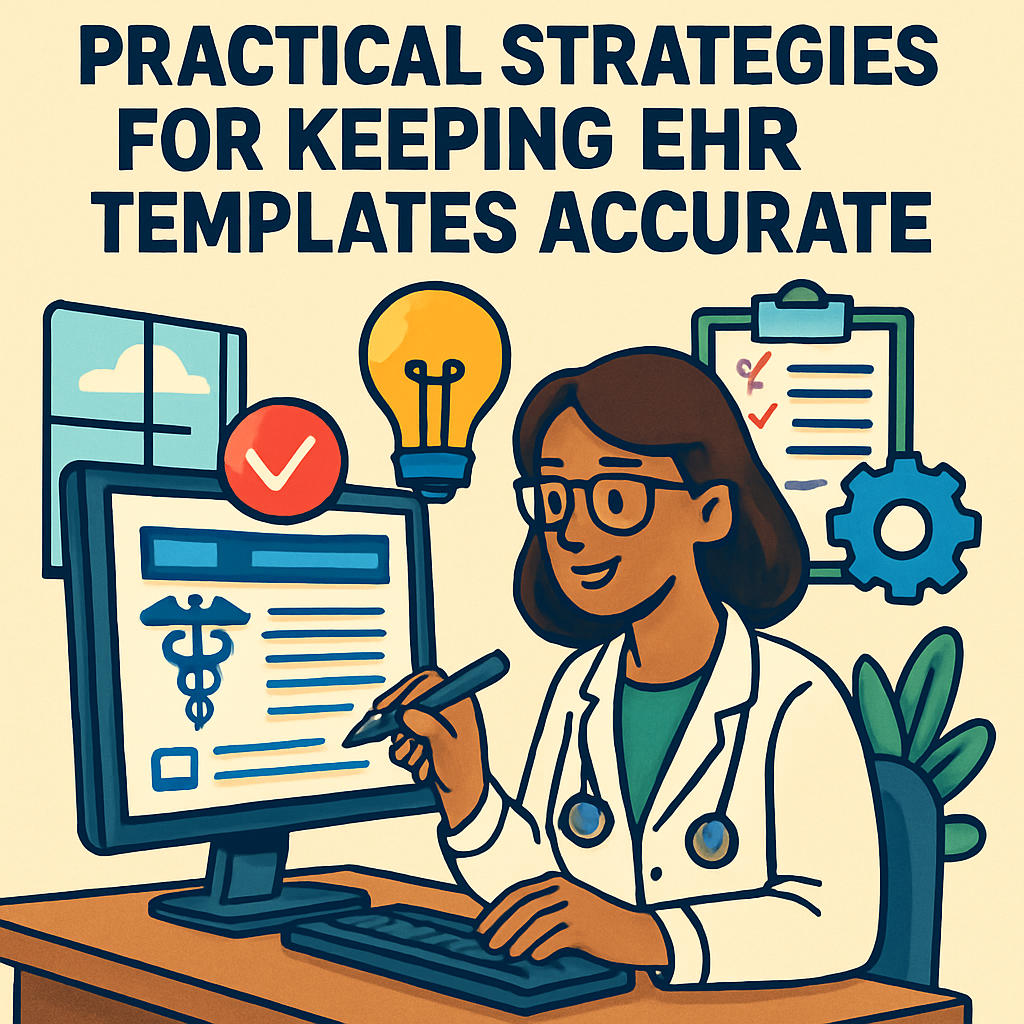
Introduction: Your Data Is Talking—Are You Listening?
Regulators and insurers don’t randomly target providers for audits.
They use data analytics to flag outlier prescribing patterns.
If you’re not looking at your own data the same way they are, you’re operating with blind spots.
The smartest compliance strategy is to find—and address—your own outliers before someone else does.
What Counts as an Outlier?
An outlier is any prescribing pattern that differs significantly from your peers. Examples include:
- High Prescription Volume – Writing more controlled substance prescriptions than 90% of your peers in your specialty.
- High Dosage Levels – Regularly exceeding morphine milligram equivalent (MME) thresholds for opioids.
- Drug Combinations – Prescribing dangerous combinations like opioids + benzodiazepines more frequently than average.
- Long-Term Therapy Rates – Maintaining patients on high-risk medications longer than peer norms.
- Patient Geography – High percentages of patients traveling long distances for prescriptions.
Sources of Prescribing Data
- Prescription Monitoring Programs (PMPs)
- Many state PMPs offer peer comparison reports.
- Review them regularly to spot trends. If an outlier be a defensible outlier.
- Many state PMPs offer peer comparison reports.
- EHR Reporting Tools
- Pull internal reports on prescribing volume, drug type, and duration.
- Pull internal reports on prescribing volume, drug type, and duration.
- Pharmacy Benefit Manager (PBM) Reports
- Insurers and PBMs may send utilization summaries; use them proactively.
- Insurers and PBMs may send utilization summaries; use them proactively.
- Self-Audits
- Sample 10–20 recent charts for high-risk prescriptions and review for consistency with guidelines.
- Sample 10–20 recent charts for high-risk prescriptions and review for consistency with guidelines.
Steps to Identify and Address Outliers
1. Benchmark Against Peers
- Compare your prescribing rates and dosages to state and national averages in your specialty.
2. Analyze by Risk Category
- Break down data by high-, moderate-, and low-risk patients to ensure visit frequency and monitoring match the risk. FYI: No one getting controlled substances is low-risk.
3. Look for Dangerous Combinations
- Identify patients on high-risk drug combinations and document the clinical rationale.
4. Review Long-Term Cases
- Evaluate whether long-term therapy is still clinically appropriate.
5. Document Rationale for Deviations
- If you intentionally differ from the norm, note the specific patient factors justifying it.
Benefits of Internal Data Monitoring
- Regulatory Readiness – If you know your numbers, you won’t be blindsided by an audit.
- Improved Patient Safety – Outlier detection can highlight risky patterns before harm occurs.
- Operational Efficiency – Identifying trends can streamline workflows and reduce unnecessary prescriptions.
- Payer Relations – Demonstrates proactive oversight to insurers.
Tools That Can Help
- EHR Analytics Modules – Built-in dashboards for prescribing trends.
- Third-Party Compliance Software – Specialized tools for monitoring high-risk prescribing.
- PMP Reporting Features – Many states now allow custom reports and peer comparisons.
Common Mistakes to Avoid
- Ignoring Small Deviations – Small outliers can become big red flags over time.
- Focusing Only on Opioids – Benzodiazepines, stimulants, and other controlled substances are also monitored.
- Lack of Documentation – If your data shows you’re different, your chart must show why.
Final Thoughts: Be Your Own Auditor
Waiting for regulators to identify outlier patterns is like waiting for a heart attack to start worrying about cholesterol.
By monitoring your own data, you can correct issues early, protect patients, and defend your practice.
The same analytics that regulators use can—and should—be in your hands first.
About the Author
Douglas J. Jorgensen, DO, CPC, FAAO, FACOFP
Dr. Doug is a physician, consultant, and national educator on healthcare compliance, prescribing analytics, and risk mitigation. He helps providers use data proactively to identify and address outlier patterns before they become regulatory problems.


